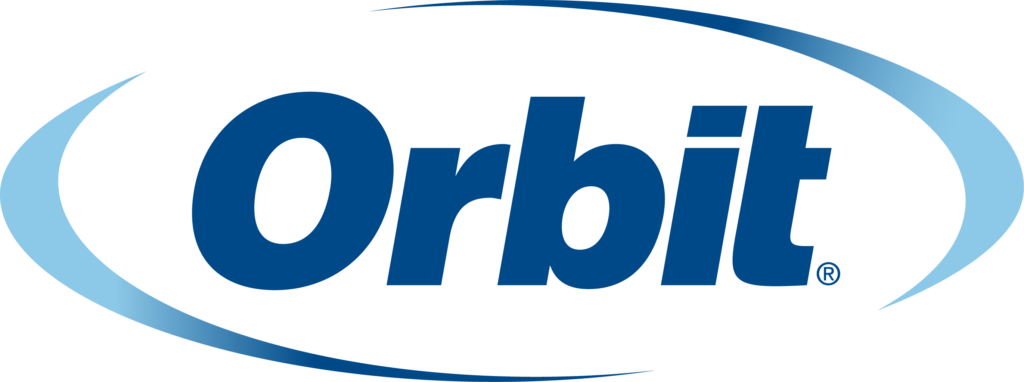@marianburgos2
Profile
Registered: 1 year ago
Closing the Hole: Strategies for Improving Access to Quality Education
In as we speak's quickly evolving world, access to quality training stands as a critical determinant of individual success and societal progress. Nevertheless, despite significant advancements in instructional systems globally, disparities persist, hindering equal opportunities for all. From rural communities to urban facilities, socioeconomic factors, geographical boundaries, and systemic inequalities typically create chasms in instructional access. Addressing these challenges requires multifaceted strategies aimed toward closing the hole and making certain equitable access to quality schooling for all individuals, regardless of their background or circumstances.
One of many primary strategies for improving access to quality schooling revolves round enhancing infrastructure and resources, particularly in underserved areas. Rural communities and marginalized urban neighborhoods usually lack primary educational facilities, reminiscent of schools outfitted with modern technology, libraries, and laboratories. By investing in infrastructure development, governments and educational authorities can create conducive learning environments that foster academic growth and innovation. Additionally, providing adequate resources, including textbooks, teaching supplies, and internet connectivity, is essential for empowering each students and educators with the tools essential for effective learning and teaching.
Moreover, leveraging technology can play a pivotal role in expanding instructional access past traditional boundaries. With the advent of online learning platforms and digital resources, individuals can access instructional content from wherever, transcending geographical limitations. Integrating technology into educational practices enables personalized learning experiences tailored to the various wants and learning types of students. This approach not only enhances accessibility but in addition promotes inclusivity by accommodating learners with disabilities and people dealing with mobility constraints.
Furthermore, addressing socioeconomic limitations is essential for making certain equitable access to quality education. Financial constraints usually deter individuals from pursuing higher schooling or accessing supplementary learning opportunities. Scholarships, grants, and financial aid programs can mitigate these obstacles by providing assist to economically disadvantaged students. Additionally, initiatives aimed at promoting financial literacy and education savings plans empower households to prioritize schooling and plan for their children's academic future effectively.
One other essential side of closing the tutorial gap entails fostering partnerships and collaborations between numerous stakeholders, including governments, academic institutions, non-profit organizations, and private sector entities. Collaborative efforts enable the pooling of resources, expertise, and progressive solutions to address systemic challenges comprehensively. Public-private partnerships, for instance, can facilitate the implementation of academic initiatives, akin to mentorship programs, vocational training, and career steering companies, which broaden academic pathways and enhance employability prospects for students.
Additionalmore, adopting inclusive policies and practices is crucial for creating an educational ecosystem that embraces diversity and equity. Schooling systems must prioritize inclusive curriculum development, which reflects diverse cultural perspectives, hitales, and experiences. Moreover, fostering a supportive and inclusive learning environment, free from discrimination and bias, is essential for promoting academic success and emotional well-being among students from marginalized communities.
Additionally, community have interactionment plays a pivotal position in enhancing instructional access and outcomes. Building sturdy partnerships with local communities empowers them to actively participate in shaping instructional policies, advocating for their needs, and supporting instructional initiatives. Community-based mostly organizations can function invaluable allies in identifying and addressing particular challenges confronted by underserved populations, thereby fostering a sense of ownership and collective responsibility for improving educational outcomes.
Lastly, steady monitoring and evaluation are essential for assessing the effectiveness of instructional interventions and figuring out areas for improvement. Data-driven determination-making enables policymakers and educators to allocate resources strategically, tailor interventions to specific wants, and measure progress towards closing the tutorial gap. By employing evidence-primarily based approaches and fostering a culture of accountability, educational systems can drive meaningful change and be certain that each individual has equitable access to quality education.
In conclusion, closing the hole in educational access requires concerted efforts and a holistic approach that addresses the multifaceted barriers faced by underserved populations. By investing in infrastructure, leveraging technology, addressing socioeconomic barriers, fostering partnerships, embracing inclusivity, engaging communities, and prioritizing data-pushed decision-making, societies can pave the way for a more equitable and inclusive instructional landscape. Ultimately, guaranteeing quality schooling for all is not only an ethical imperative but additionally a cornerstone for building a more prosperous and equitable future for generations to come.
If you beloved this post and you would like to receive additional info pertaining to Partner kindly visit our site.
Website: https://www.wwbglobal.org
Forums
Topics Started: 0
Replies Created: 0
Forum Role: Participant
Points: 0

